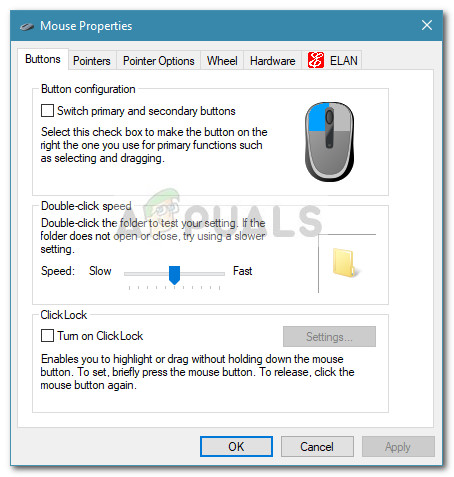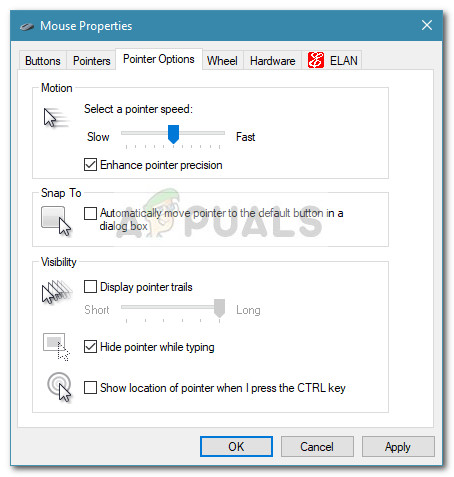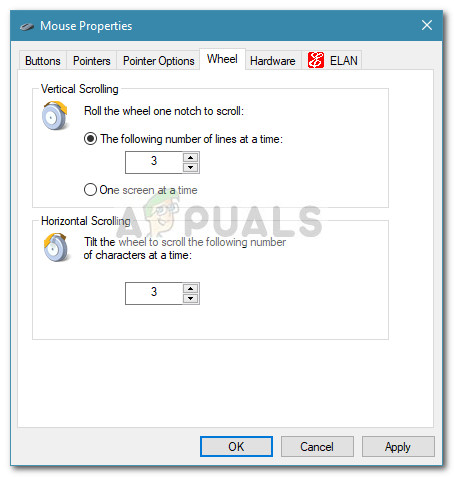Windows 10 is equipped to let you customize your mouse sensitivity in a variety of ways. Besides changing the mouse speed and its related settings, you can also adjust the number of lines that will be scrolled with each mouse wheel movement. If you are not satisfied with the sensitivity of your mouse in Windows 10, we have prepared a collection of methods that will enable you to customize the mouse speed to your personal preference. Please follow whichever method seems more approachable in your particular situation. If you find that one method is not applicable, simply move down to the next one until you manage to resolve the issue.
Method 1: Change the Mouse Sensitivity via the DPI Button
If you want to avoid doing any tweaking inside the Windows menus or the registry editor, your best choice is to use the DPI button located on your mouse. Although not are mouses will have one, most peripherals of this type will include a DPI button that will allow you to switch to different sensitivity settings. However, keep in mind that most DPI changes from the mouse menu are temporary and will be overwritten whenever you turn off your PC or you disconnect your mouse (or take out its battery). If you’re looking for a method that will bring a more permanent change, continue to the other methods below.
Method 2: Changing the mouse sensitivity from Control Panel
The native way to modify the default mouse sensitivity values is via Control Panel. This is the most intuitive approach and it will enable you to modify the pointer speed, the speed of double-clicking and even allow you to switch the primary button with the second one if you’re into that kind of stuff. Here’s a quick guide on how you can modify the mouse sensitivity on Windows 10 via Control Panel:
Method 3: Changing the mouse sensitivity via Registry Editor
A more technical way of modifying the mouse sensitivity settings is via Registry Editor. This will require you to get a little technical and is potentially dangerous, but if you follow the instructions correctly you won’t run any risk of damaging your registry files. This method will allow you to make some correlated registry changes in the speed settings to increase your mouse sensitivity to maximum. Keep in mind that raising the value beyond the ones specified below might end up slowing your mouse rather than making it faster. Here’s a quick guide on using Registry Editor to modify the mouse sensitivity settings:
Email Addresses: The Question of Case SensitivityWhy is a Gaming Mouse Better than a Normal Mouse?Fix: Right Mouse Button Not Working on Magic MouseSOLVED: Mouse Settings Reset by itself on Windows 10








